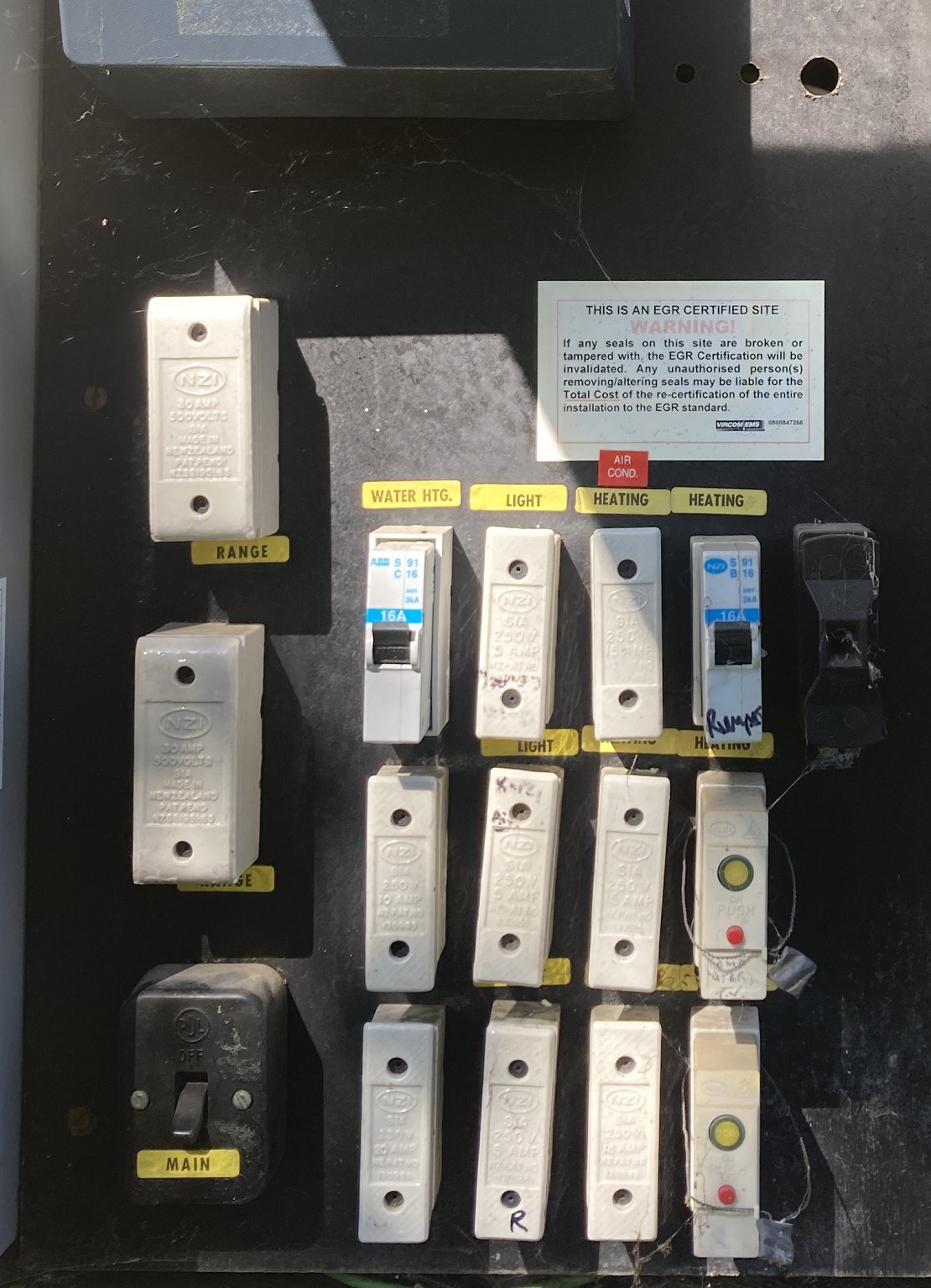We are getting a sparky around to quote upgrading our distribution board, for our 1970's era home.

A goal of doing this is to introduce RCD's.
In the medium-term we also want to look at getting solar. I am starting to learn that there is a Big world of solar options and variations. Wowee 😄
A wild early guess is that we would get a decent benefit from solar; from daytime use, charging our electric car, and perhaps hot water heating - and we would not pursue a system with battery storage. Expect to get more clarity on our needs and engage with installers at a latter point.
My question now is:
is there anything that is worth knowing about solar installs now - while we have a sparky upgrading our distro box - or is this work and a future solar install fairly separate matters?
Thanks !
 #
#

